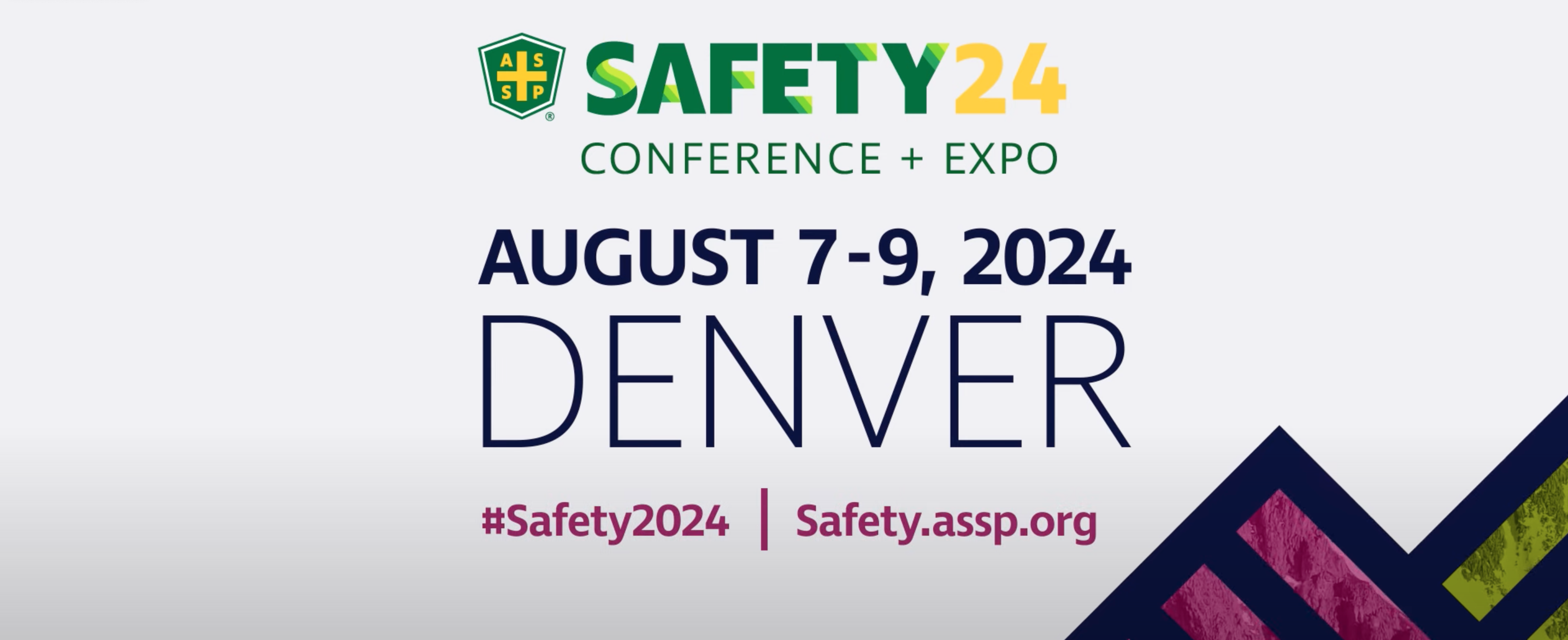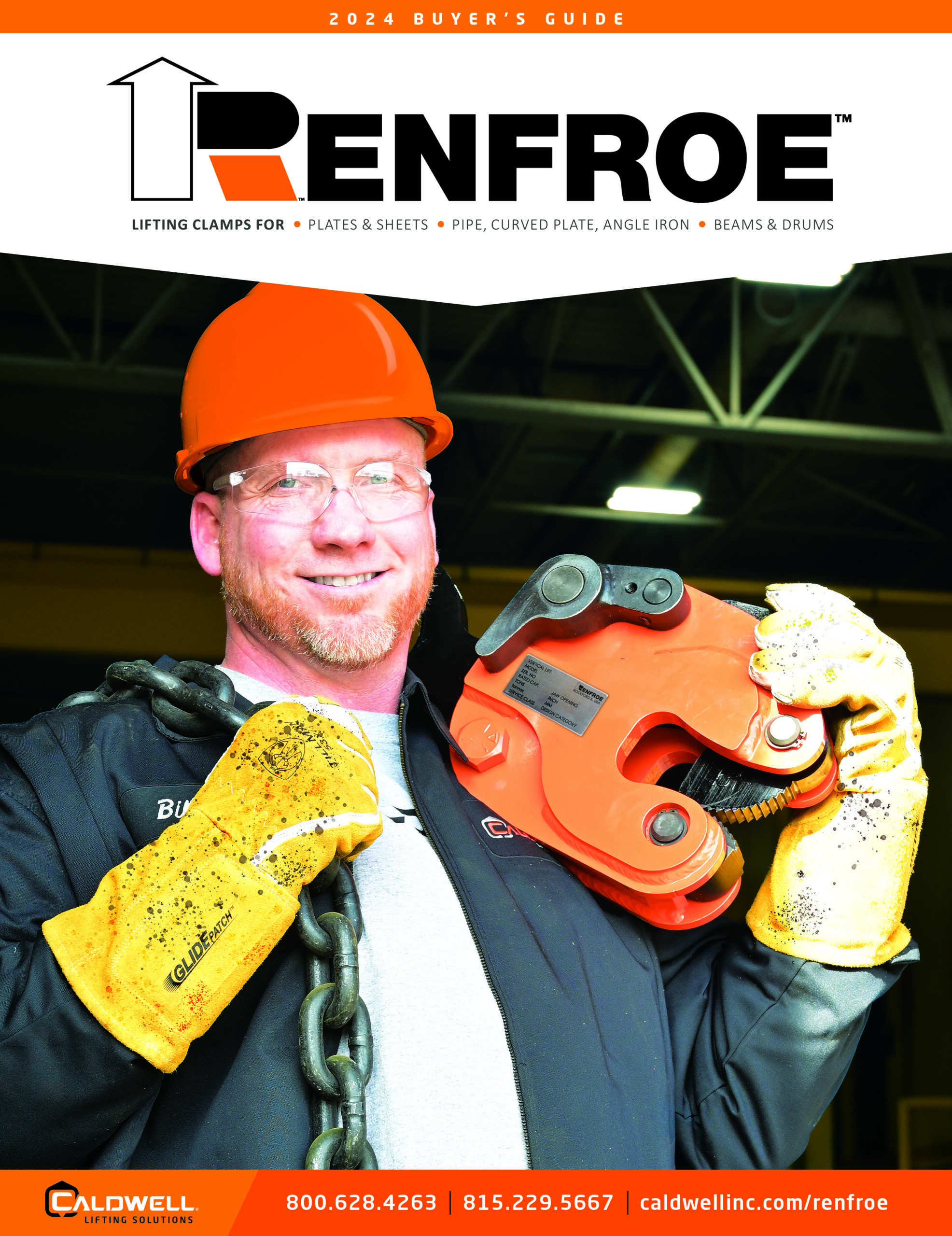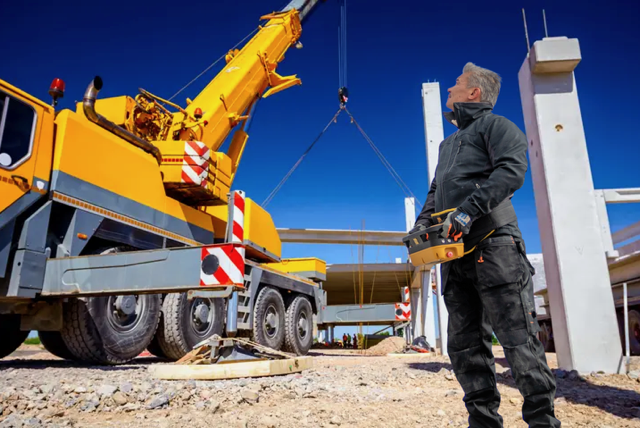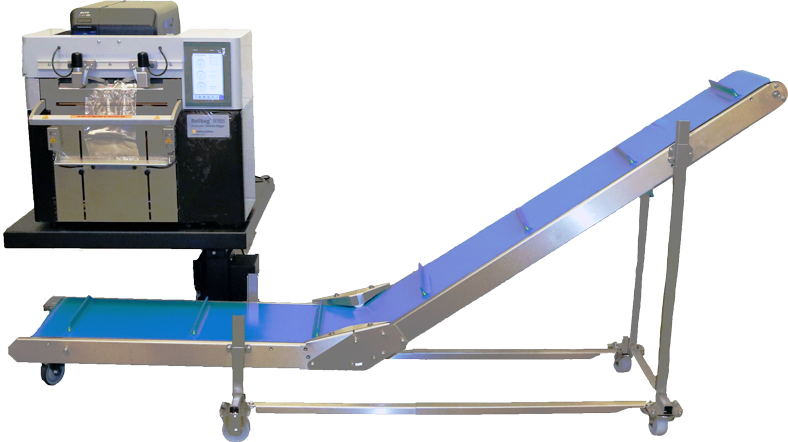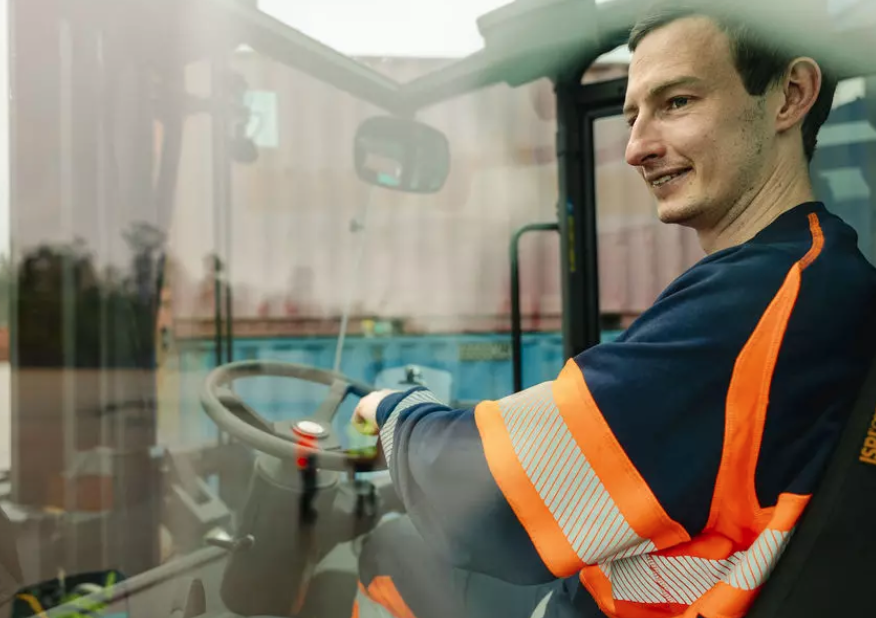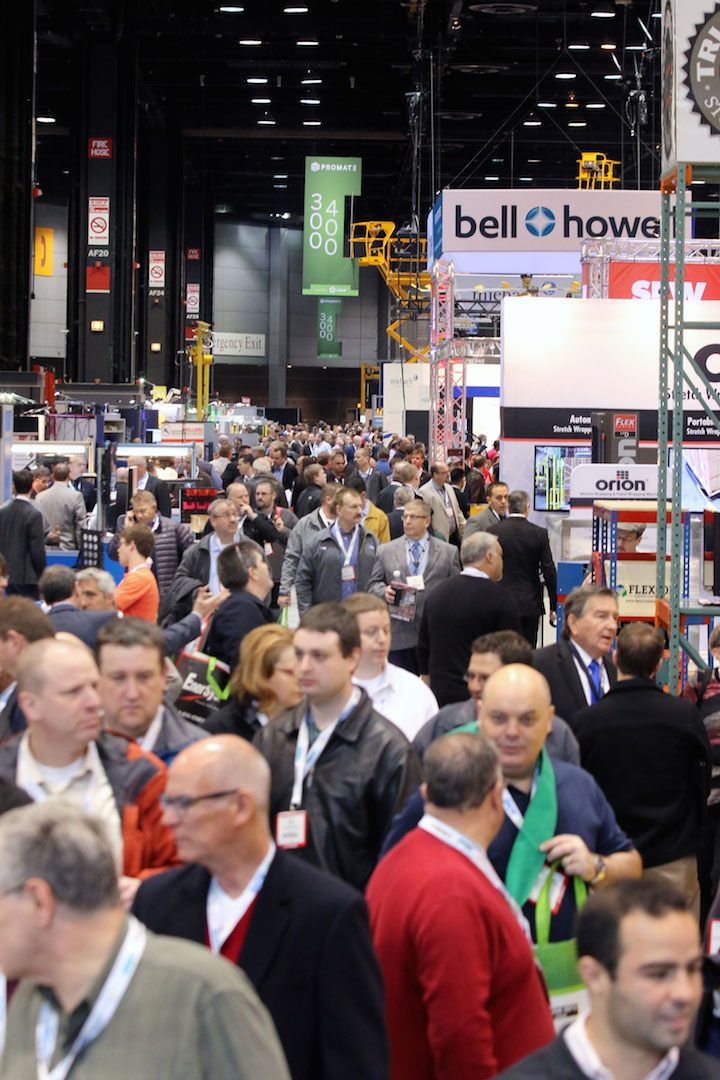CP&A on Crane Procurement
Casper, Phillips & Associates Inc. (CP&A) has delivered a presentation to port authorities titled, ‘Peer Review of Container Cranes’, to assist in future procurement processes.
CP&A offers a wide variety of services, including specification, design, manufacturing review, modification, and accident investigation; and it is well positioned to remind terminal operators and fellow stakeholders of the risks involved with container crane procurement. Including transport and offloading in the peer review scope is a good way to manage some of these risks — but that’s just the start.
Richard Phillips, mechanical engineer at CP&A, said: “The procurement process for container cranes is somewhat unique and presents many challenges. Unfortunately, some procurement decision makers believe buying container cranes is the same as acquiring any other piece of equipment, such as a forklift or a company van.”
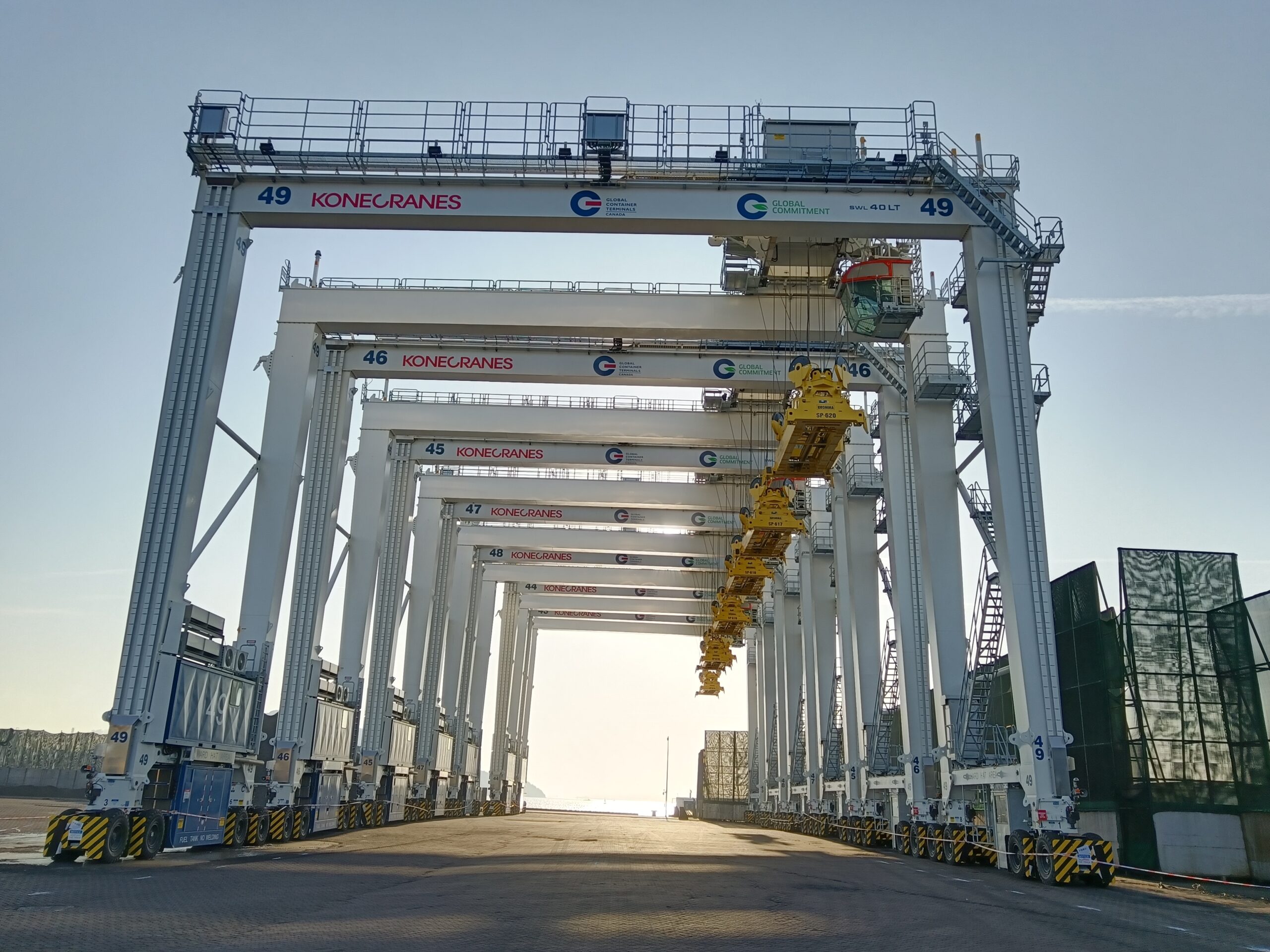
CP&A performed a peer review of a set of rubber-tired gantry cranes for Global Container Terminals.
As should be unanimously accepted by crane manufacturers, a peer is someone with approximately equal qualifications to the design team. While there is no universal set of criteria as to what makes an engineer a peer, a good starting point is professional licensure and relevant design experience in the appropriate disciplines. The team should have an expert in the prevailing hazards such as high wind, seismic, or other location dependent hazards. A peer review is when a neutral third party checks the design for compliance with the performance specification. A performance specification states what the crane needs to do — rated load, hoist and travel speeds, operating wind speed, etc. — but it does not specify how the crane manufacturer needs to meet the specification.
Importantly, a design review is about compliance; it is not about the design reviewer’s preference for how he or she would have designed the crane. There is a level of professionalism expected for design reviews. While there will always be debate, comments that are not backed up by analysis, specification, or code requirements should be avoided.
Phillips said: “It’s a big red flag if a large number of comments are generated without supporting calculations or citations of specification requirements. It’s not constructive for the designer to have to refute a large volume of comments that may not be contractually required or may be speculation since they are not supported by calculations. The reviewer should be performing enough analysis to back up their comments.”
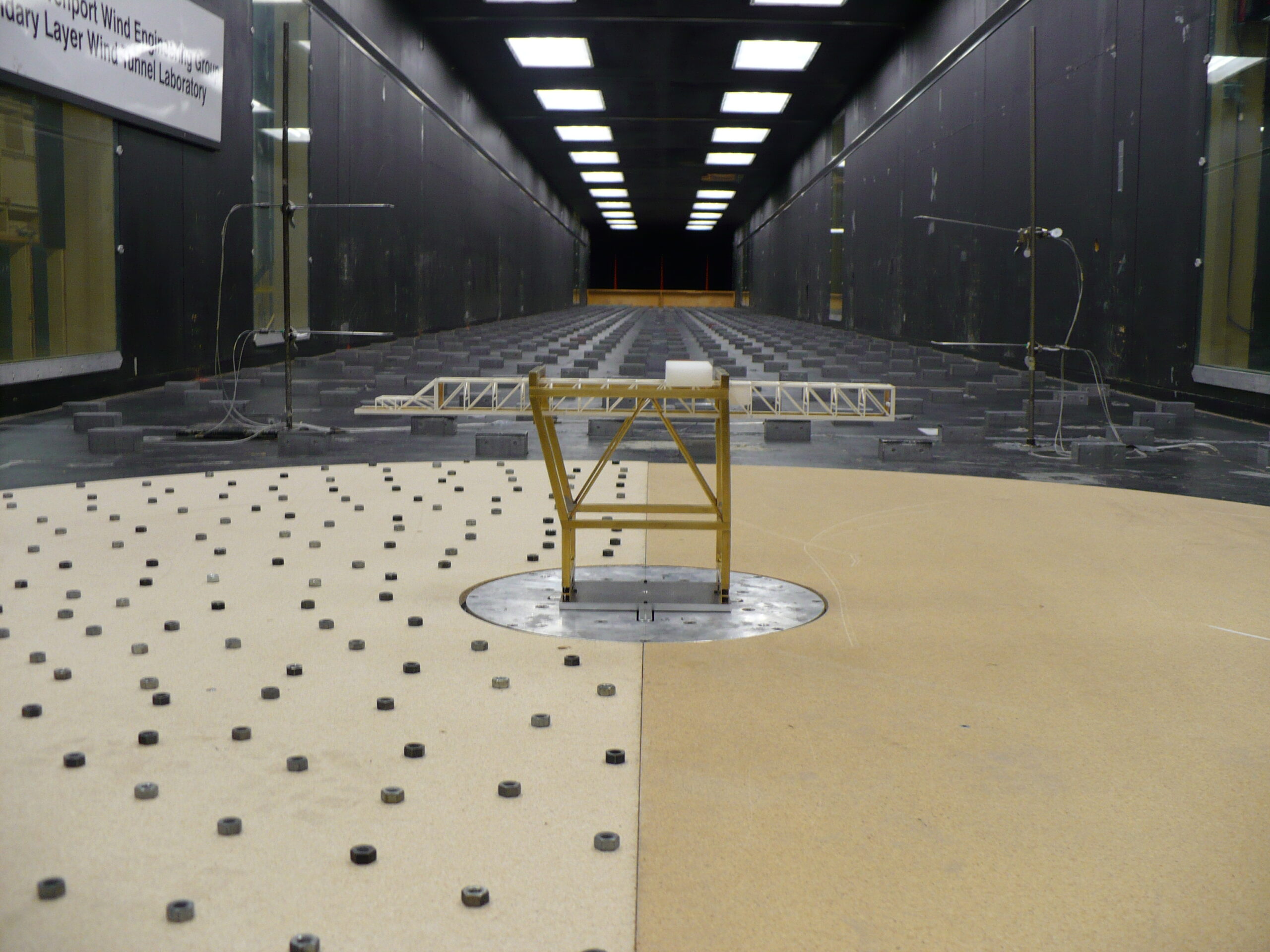
A wind tunnel test for a low profile ship-to-shore container crane.
Custom port equipment
Container cranes are custom designed to meet the unique requirements of each port. Some of these requirements may include being in a hurricane or earthquake zone; exposure to extreme temperatures; or proximity to other geological hazards. Sometimes a container terminal is located near an airport, or a crane may need to pass under a bridge during delivery, resulting in height restrictions.
A naval architect provides the sea states and predicted voyage motions for the designers to analyze and brace the crane accordingly. The crane manufacturer owns the cranes until handover. Some crane manufacturers own their own fleet; others subcontract this work. It can be beneficial for the design reviewer to check the voyage bracing prior to shipping.
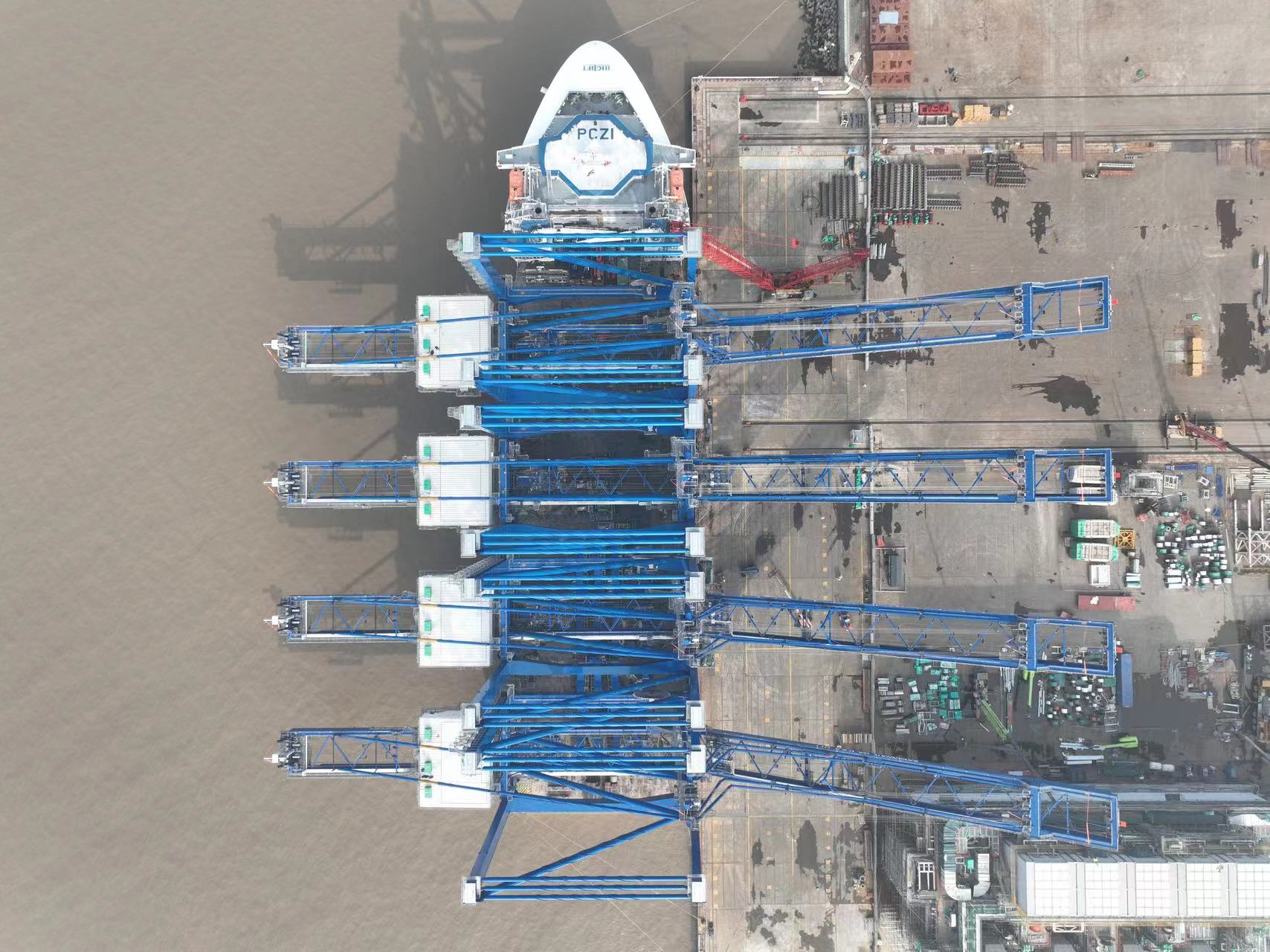
CP&A performed a peer review of a set of ship-to-shore container cranes for Georgia Ports Authority.
There are other operational considerations, such as where hatch covers are stored; the use of dual trollies; and how many containers the crane can lift: single 40 ft., twin 20 ft., tandem 40 ft., quad 20 ft., etc. All things considered the planning phase has great variance. Sometimes it starts at the wharf design stage, other times the wharf is already designed, and existing cranes are being replaced. Depending on the level of customization, once a crane is awarded, it can be up to three years before delivery.
Phillips, who himself conducts peer reviews of contractors’ crane designs, including some of the largest container cranes in the world, pointed to CP&A’s crane base anti-seismic isolation system (BASIS), which is built on nonlinear time history analysis (NLTHA) and can protect a crane’s main structure from damage even in contingency level earthquakes.
“We are always improving our software,” said Phillips. “Our crane analysis software can be thought of as a custom workbench specifically made for cranes. There is a much larger market for buildings and bridge design, so the commercial software packages tend to focus on larger markets such as those [see below]. That led CP&A to create our own crane code checking software. One example is that we have incorporated wind tunnel test data into our pre-processor, which develops the wind load forces on a crane. Obviously, a commercial building will not have integrated wind tunnel data for container cranes.”
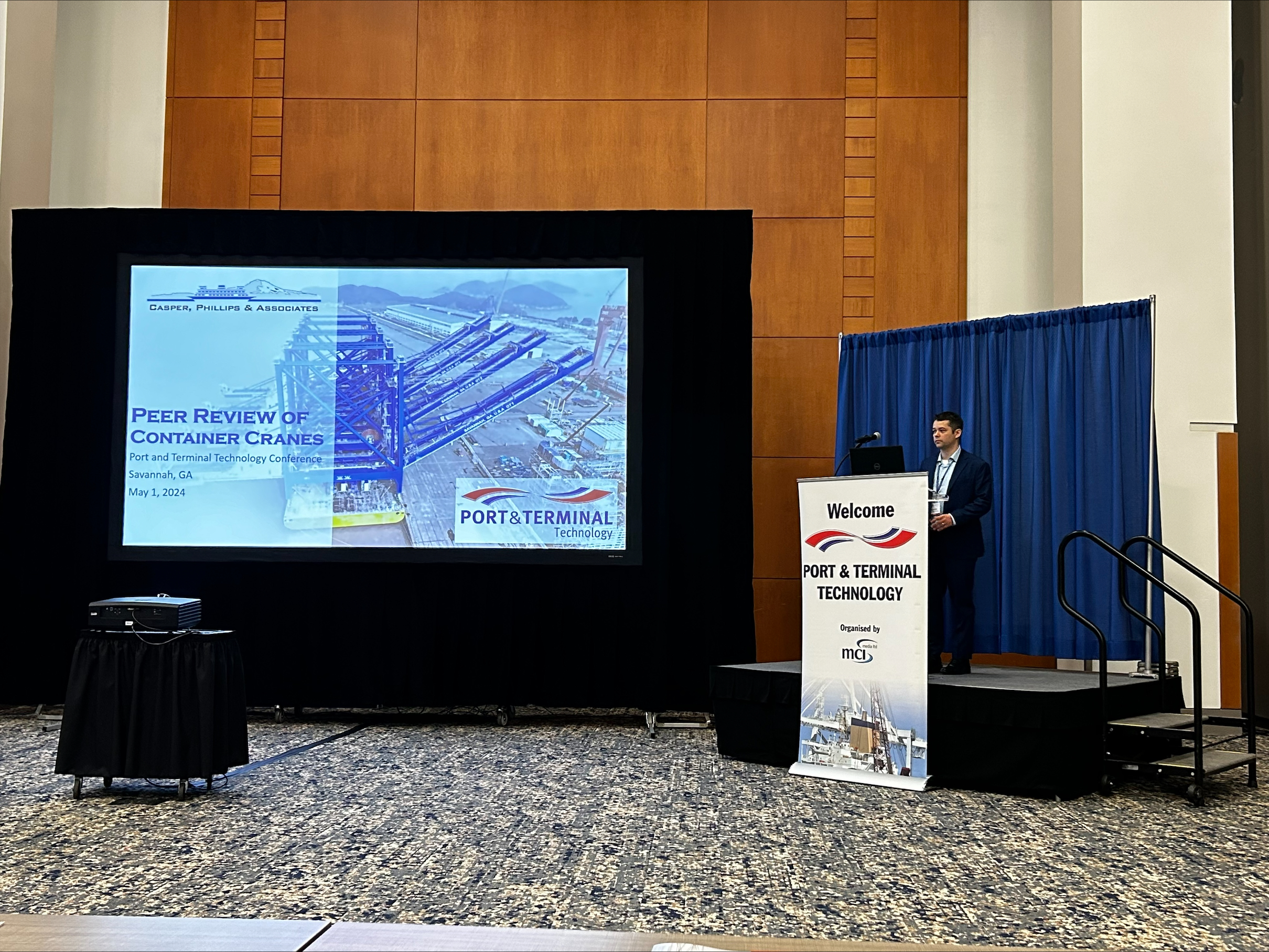
Richard Phillips, mechanical engineer at CP&A, delivered a paper titled, ‘Peer Review of Container Cranes’ to the Port & Terminal Technology Conference & Exhibition USA, which took place on April 30 and 1 May in Savannah, Georgia.
Cranes are significant structures
Interestingly, due to the geological and environmental hazards, cranes should be treated more like bridges and skyscrapers instead of mass produced cars and airplanes. However, for cars and airplanes, there are crash tests and full-scale testing, which is impractical with cranes. ASCE 7-16 1.3.1.3.4 covers minimum design loads and associated criteria for buildings and other structures; this particular clause covers peer reviews for significant structures.
Phillips added: “When you start thinking about how bridges, stadiums, and skyscrapers are designed it starts to become clear. For significant structures the [AISC 7] code requires a peer review. Are cranes significant structures? In our opinion they are; however, it is up to the local jurisdiction to make that decision.”
Even at the time of going to press, CP&A was wrapping up peer review and procurement assistant projects related to rubber-tired gantry, rail-mounted gantry, and ship-to-shore cranes.
Are your procurement processes for these hulking container cranes up to standard?


